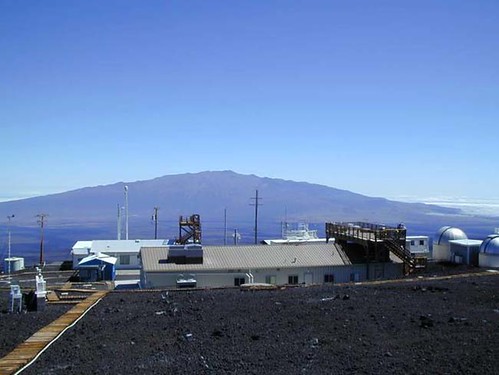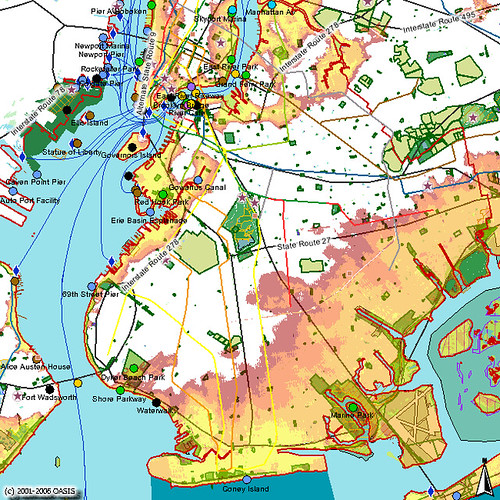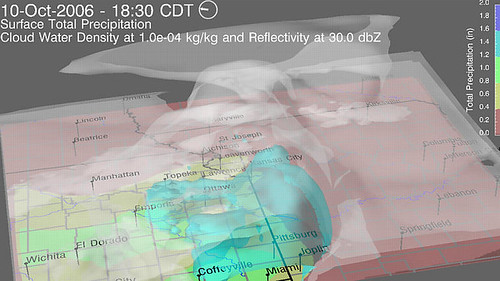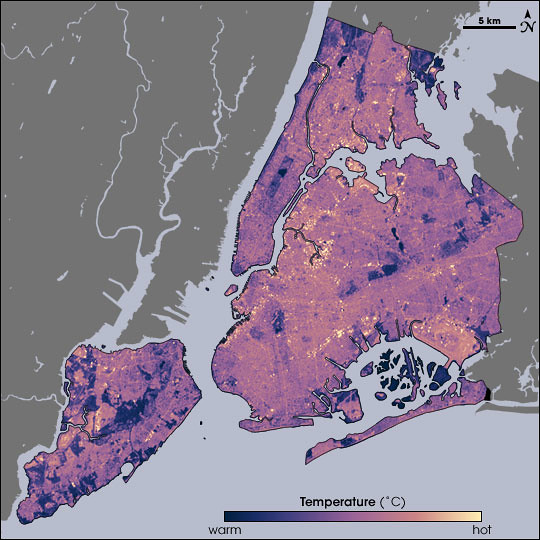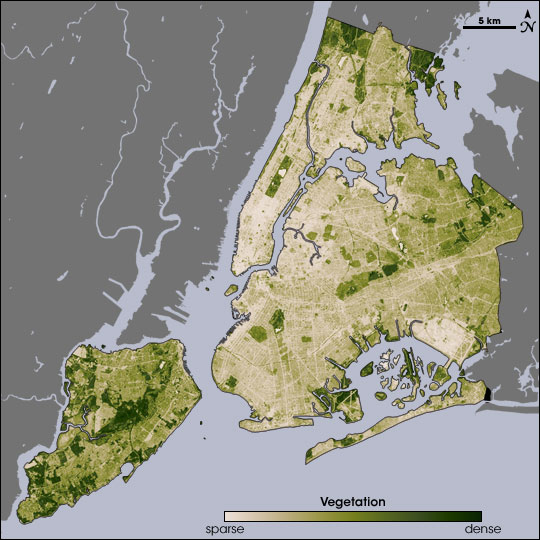Update 2007.08.09: The National Weather Service says that this was the strongest tornado on record to hit New York City.
Evening update: By the afternoon, the National Weather Service (NWS) confirmed that there had been an EF2 tornado, but only in the Bay Ridge section of Brooklyn. They also reported that it traveled northeast, which would have placed it in the path of Sunset Park, Kensington, and Flatbush.
Update 16:30 EDT: I’ve got the Flickr set up, and I’m uploading the remainder of the photos as I type.
Totalled. This was on Rugby Road, north of Church Avenue in Caton Park.
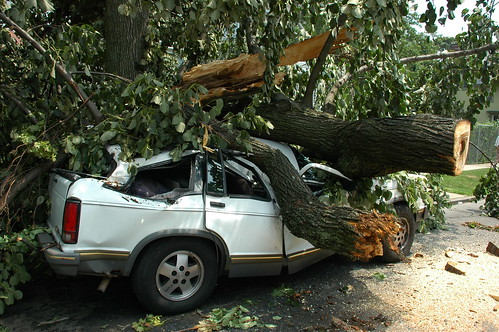
I just got back a half-hour ago from my tornado walking tour of my neighborhood, Beverley Square West, the adjoining Prospect Park South Historic District, and Caton Park. I’m home today because none of the subways were running this morning, and our local line, the B/Q train, is down due to trees on the tracks near the Church Avenue station, around the corner from Prospect Park South, which sustained heavy damage.
Cortelyou Road Station (Q Line), closed

Chainsaws will be serenading us for the next several days. I have lots of photos to upload, once I can clear enough space on my hard drive to accommodate them. I should have plenty by the end of the day, so check back later.
The National Weather Service hasn’t made the determination, but from the reports, and from the damage I saw, I think it must have been a tornado that tore through Brooklyn this morning. When I went out this morning, the local news channels were only covering the neighborhood of Bay Ridge. But later reports include Sunset Park and Kensington. There’s still been no mention of Flatbush on the news, but these neighborhoods form a rough path through central Brooklyn. There’s a track of damage through Brooklyn, not just localized damage, which is just what one would expect to see from a tornado.
Marlborough Road, south of Albemarle Road. Note the two trunks left standing in front of the house on the right; they were both snapped off.

The damage I saw, especially in Prospect Park South, just looked odd. It wasn’t any one thing. There were trees, such as the one at the top of this post, which clearly had problems before they were blown down. Those we would expect to be fall in heavy winds. But there were many trees with clear, clean wood, with no signs of disease or other problems.
Twisted and split limb of Norway maple, 125 Argyle Road

Every kind of tree was affected. Most of the smaller trees were simply blown over, snapped at the root flare, separated from the roots. Some of the larger trees were also toppled, their roots pushing up sidewalks. But many were snapped off at the trunk, or their upper limbs and branches seemed to have been shredded off. I saw large limbs whose damage could only have been caused by twisting. Upper limbs of trees didn’t just fall onto rooftops, they were blown up onto them.
Parks Department beginning to remove a toppled street tree in Beverley Square West.

[bit.ly]
Links
An EF-2 Tornado Strikes Brooklyn on the Central New York Weather Blog of WKTV in upstate New York has some great radar images and the complete text of the National Weather Service’s statement confirming the tornado.
August 16, Brooklyn Eagle: While Bay Ridge Captured Attention, Flatbush Areas Also Suffered from Brooklyn Tornado
August 10, Brooklyn Eagle: The Path of The Brooklyn Twister; Heroic Efforts Help Affected Brooklyn Areas Recover from Tornado Damage includes an excellent map of the path of the tornado
A Tree Blows Down in Brooklyn, photos of damage in Bay Ridge, Brooklyn Row House blog
NYC Hazards: Tornadoes, NYC Office of Emergency Management (OEM)

